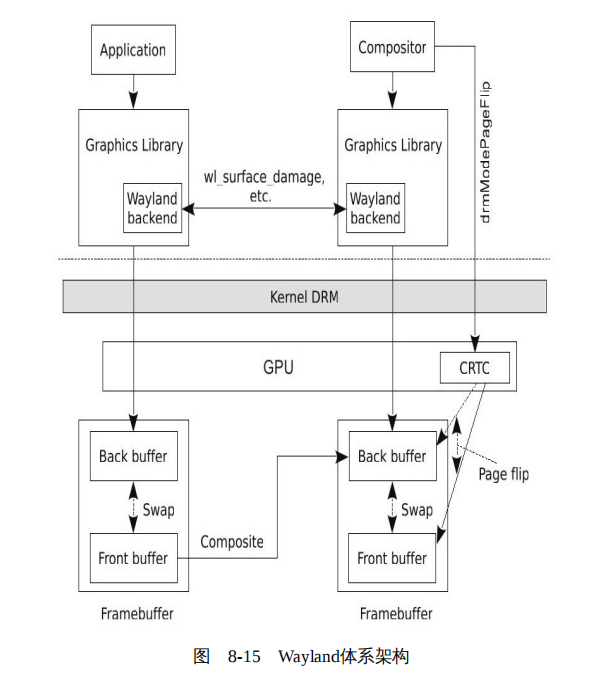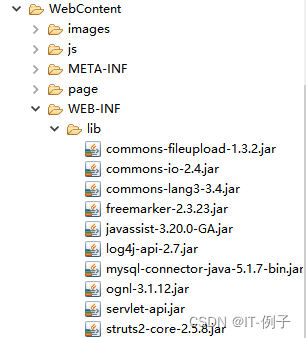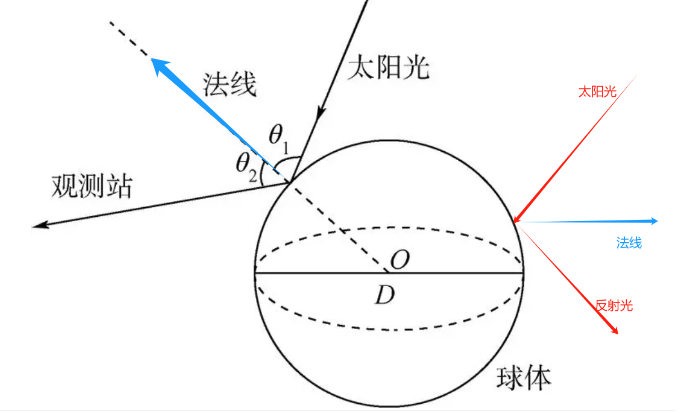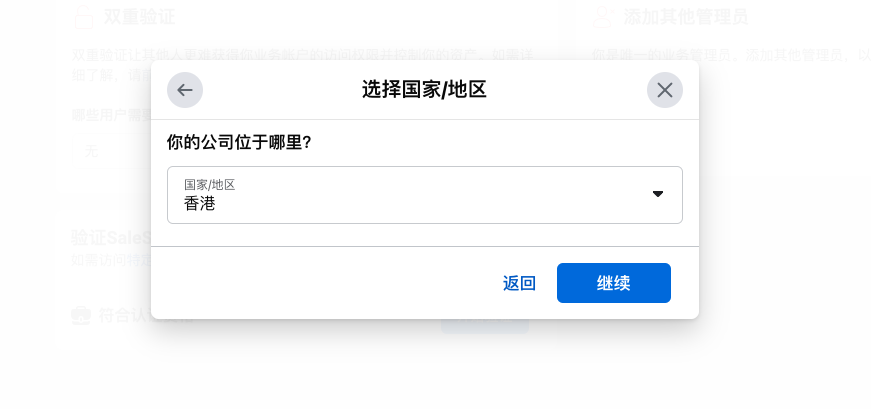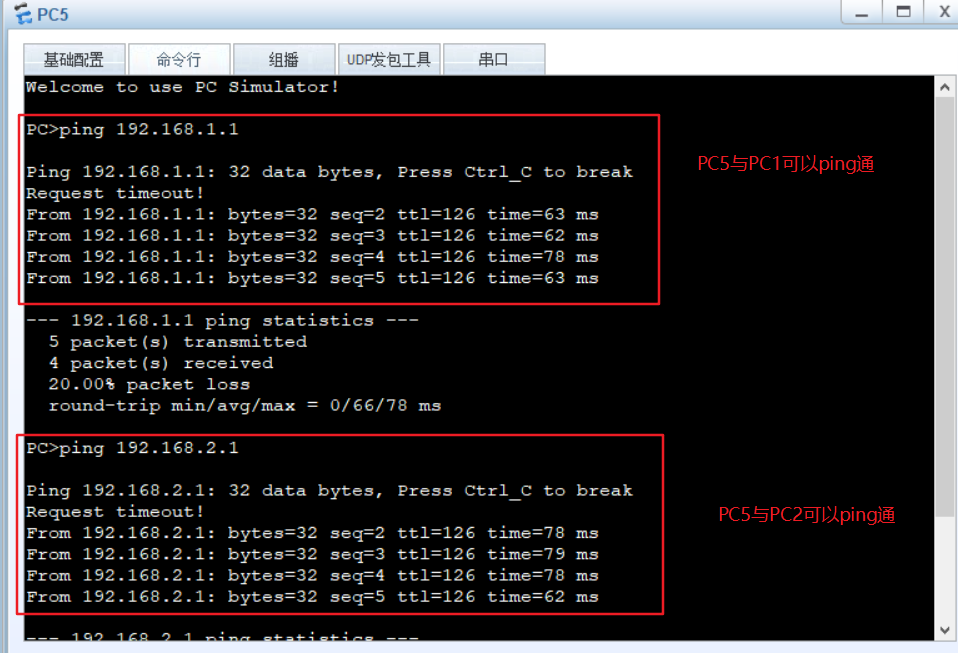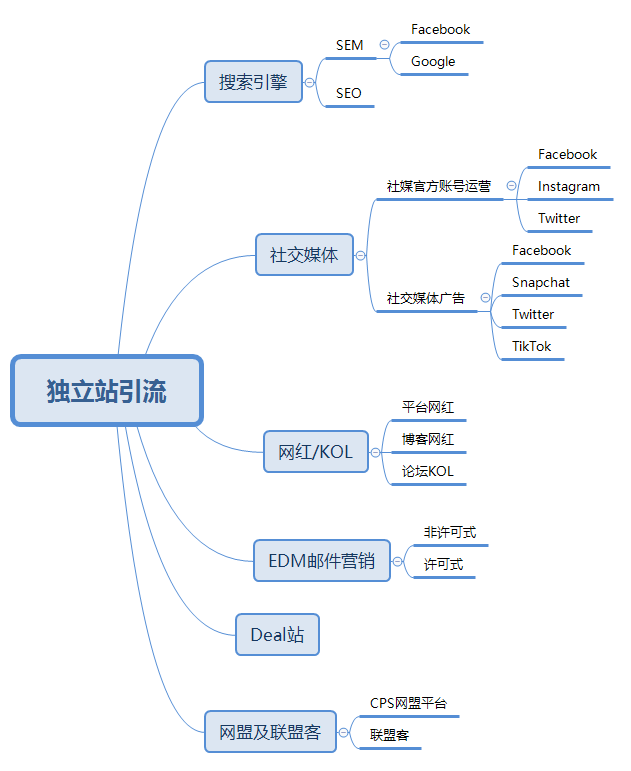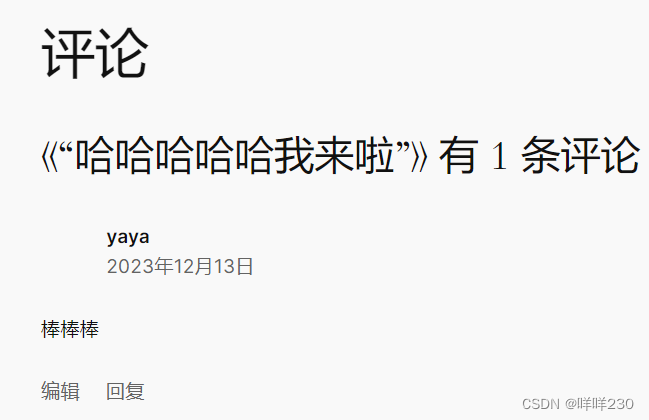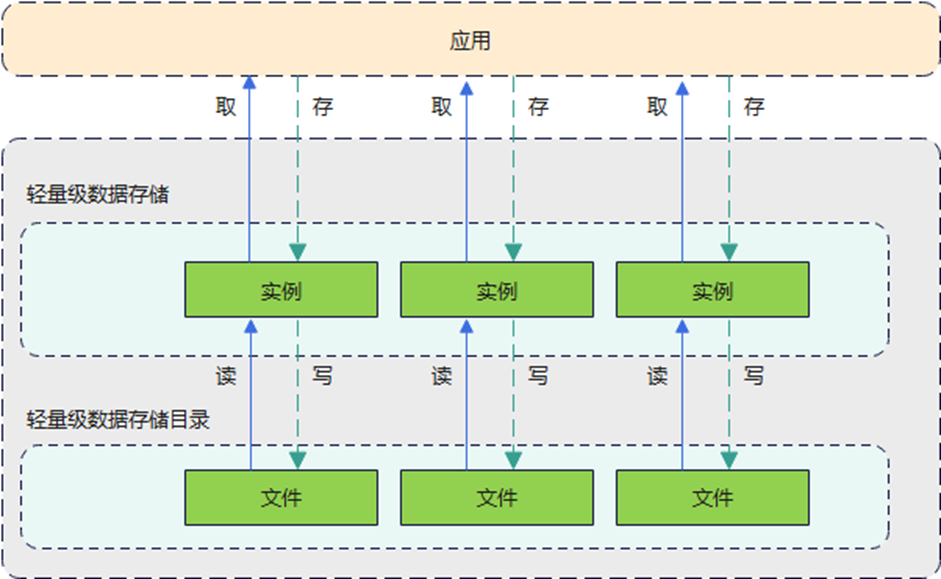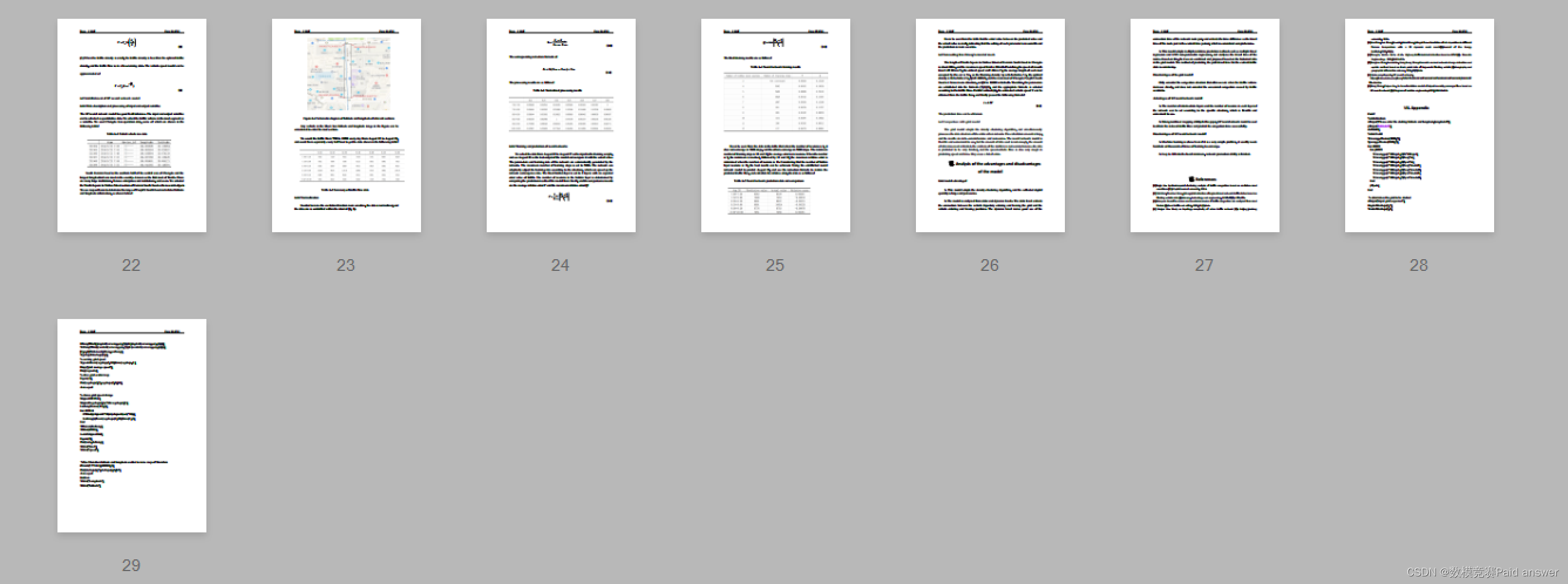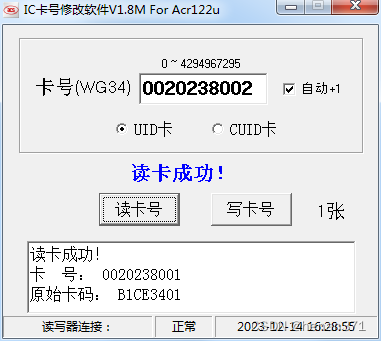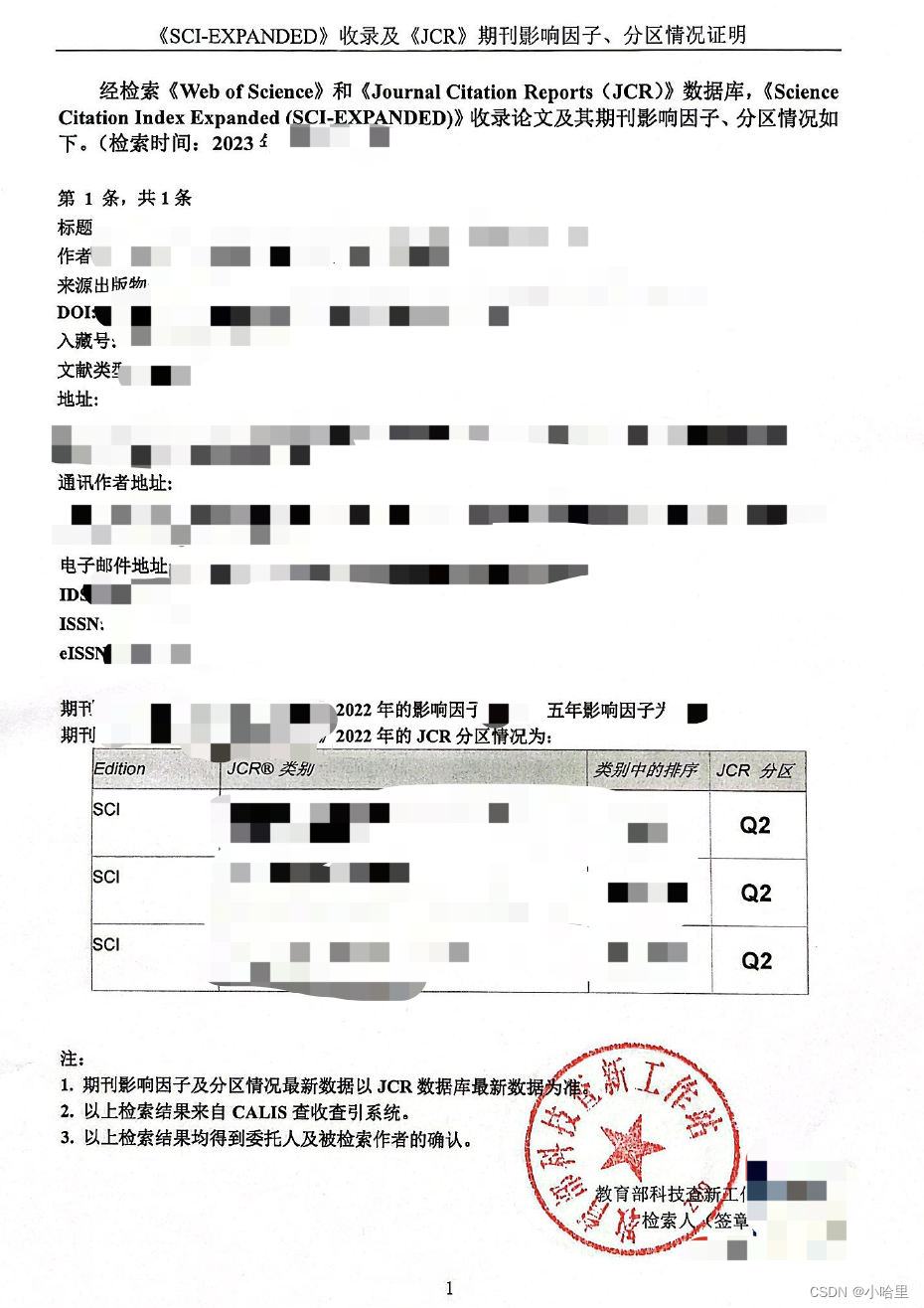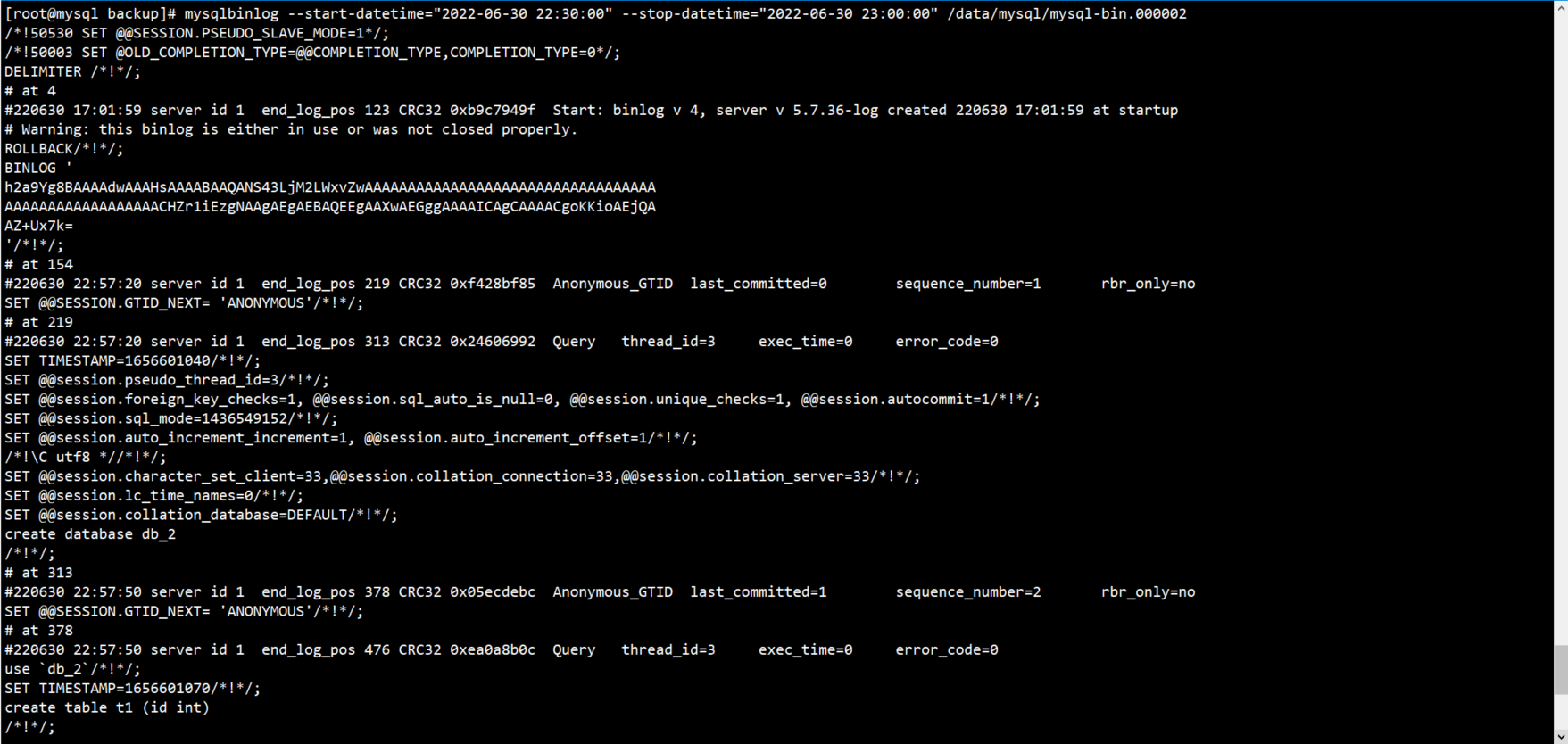以下内容为本人的学习笔记,如需要转载,请声明原文链接 微信公众号「ENG八戒」https://mp.weixin.qq.com/s/ceMTUzRjDoiLwjn_KfZSrg

这几年 Rust 可谓是炙手可热的新兴编程语言了,而且被投票为最受程序员喜爱的语言。它很现代,专门为了性能、可靠和生产力而设计,说人话就是非常快,不容易崩溃,开发效率高。
那么,如此热门的计算机语言,它如何去构建软件和管理构建工程呢?
Rust 语言的开发团队提供了标准方案,利用 rust 自带的一个包 Cargo 帮助开发人员灵活高效地构建代码。Cargo 提供下载各式各样的库或者工程依赖项,发布自己的包和上传到 crates.io 共享给所有开发者等。
下面让我们一起来看看什么是 cargo,它可以如何帮助我们开发者构建自己的 rust 工程。关于怎么安装 rust 和 cargo 相关可以查看八戒的另一篇文章《简明快速配置 Rust 工具链》。
本文以下演示都是基于 ubuntu 18.04.6。
手动构建和运行
先来看看直接使用 rust 的编译器 rustc 编译 hello world 示例。准备一个 rust 源码文件,输入以下内容
fn main() {
println!("Hello rust world!");
}
rust 源码文件的后缀为 (.rs),所以上面的文件保存为 hello.rs。
调用 rustc 编译文件 hello.rs
$ rustc hello.rs
编译没有错误返回意味着成功结束,这时生成了可执行文件 hello,与输入源文件同名
$ ll
total 4544
drwxrwxrwx 1 user user 512 Nov 14 00:55 ./
drwxrwxrwx 1 user user 512 Nov 14 00:54 ../
-rwxrwxrwx 1 user user 4652168 Nov 14 00:55 hello
-rwxrwxrwx 1 user user 50 Nov 14 00:54 hello.rs
再手动执行文件 hello 看看输出
$ ./hello
Hello rust world!
这样的构建过程,一切挺顺利的,尤其是我们突然灵光一闪,脑袋有个想法需要快速验证时,这样也不错。但是这只是编译了一个源码文件,要是我们的开发工程异常庞大,源码文件去到上百上千个文件时,再使用编译器 rustc 手动编译真的太费劲啦。就好像现在的大型 C/C++ 工程基本都用 cmake 管理一样,咱的 rust 工程有 cargo。
创建一个 package
Cargo 是 rust 团队的指定构建系统和包管理器,可以利用它快速创建一个空的 package 工程,执行构建的时候 cargo 会根据配置文件内容自动下载依赖项等。相信大伙在碰到 rust 的另一个概念 crate 是会感到很困惑,其实一般情况下 package 都可以被当做是 crate,就是说可以互换。
下面来看看怎么创建新 package 工程
$ cargo new hello_rust
Created binary (application) `hello_rust` package
上面示例使用了 cargo new 指令创建一个名字是 hello_rust 的新 package 工程,然后用 tree 指令看看都自动创建了哪些文件和路径
$ cd hello_rust/
$ tree .
.
├── Cargo.toml
└── src
└── main.rs
1 directory, 2 files
可以看到有个 Cargo.toml 文件,它是 cargo 构建 package 工程的配置文件,不过看起来有点陌生,先继续看其它内容。
在 src 文件夹下有个 rust 源码文件 main.rs,打开看看里边的内容
$ cat src/main.rs
fn main() {
println!("Hello, world!");
}
原来 main.rs 包含了一个 hello world 的示例代码,真的是一步到位。
回过头来再看 Cargo.toml
$ cat Cargo.toml
[package]
name = "hello_rust"
authors = ["ENG八戒"]
version = "0.1.0"
edition = "2021"
# See more keys and their definitions at https://doc.rust-lang.org/cargo/reference/manifest.html
[dependencies]
可以看到文件 Cargo.toml 内包含了多个 section,比如 package、dependencies。
在 package 字段,包含了工程的名字 name,作者 authors,工程版本 version,rust 版本等。格式是键值对的形式,= 后边的值用 [] 界定表示该值类型是列表的形式,内容可以是多个,比如软件工程的作者就可以有多个。
而 dependencies 字段用于填写该工程的依赖项,依赖项就是我们在开发软件时,有很多的内容可以直接借用别人的成果,或者避免浪费自己的时间重复造轮子。而别人的成果通常以包的形式提供,我们只需要在这个配置文件的 dependencies 字段里填写对应的包信息。
假设依赖项中包含产生随机数的 rand 包,可以如下填写
...
[dependencies]
rand = "0.8.5"
上面填写的依赖项内容不仅有包名,还有具体的版本。但是,我们怎么知道现时有哪些具体的包和版本呢?
可以用 cargo search 指令,后边加上对应的模糊包名,这样 cargo 就会从 crates.io 查找可用包并打印,你再从中选一个合适的
$ cargo search rand
rand = "0.8.5" # Random number generators and other randomness functionality.
bevy_rand = "0.4.0" # A plugin to integrate rand for ECS optimised RNG for the Bevy game engine.
tinyrand = "0.5.0" # Lightweight RNG specification and several ultrafast implementations in Rust.
random_derive = "0.0.0" # Procedurally defined macro for automatically deriving rand::Rand for structs and enums
tera-rand = "0.2.0" # A suite of random data generation functions for the Tera template engine
tera-rand-cli = "0.2.0" # A CLI tool for generating a feed of random data from a Tera template
faker_rand = "0.1.1" # Fake data generators for lorem ipsum, names, emails, and more
rand_derive2 = "0.1.21" # Generate customizable random types with the rand crate
fake-rand-test = "0.0.0" # Random number generators and other randomness functionality.
ndarray-rand = "0.14.0" # Constructors for randomized arrays. `rand` integration for `ndarray`.
... and 1219 crates more (use --limit N to see more)
未完待续…


